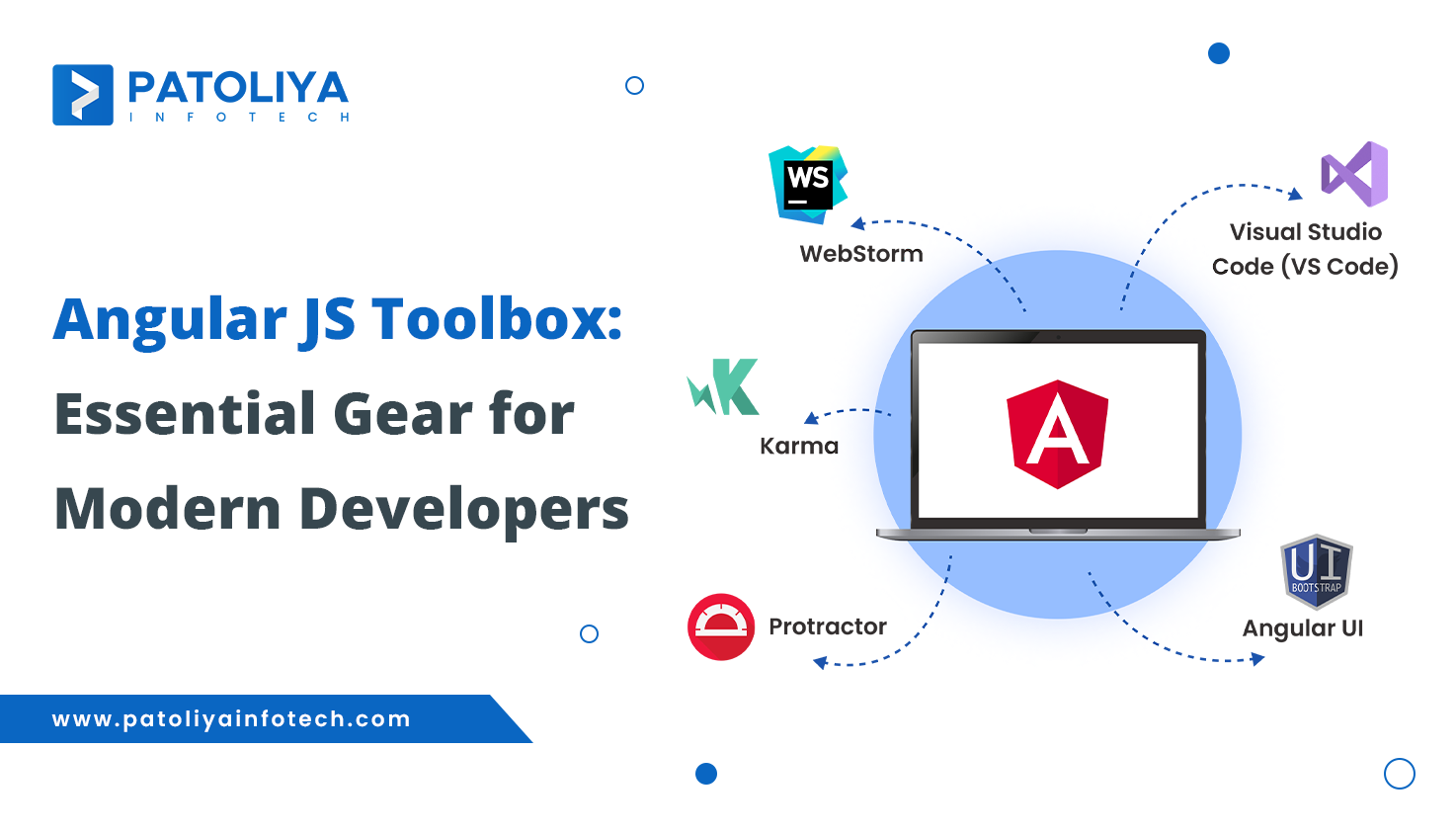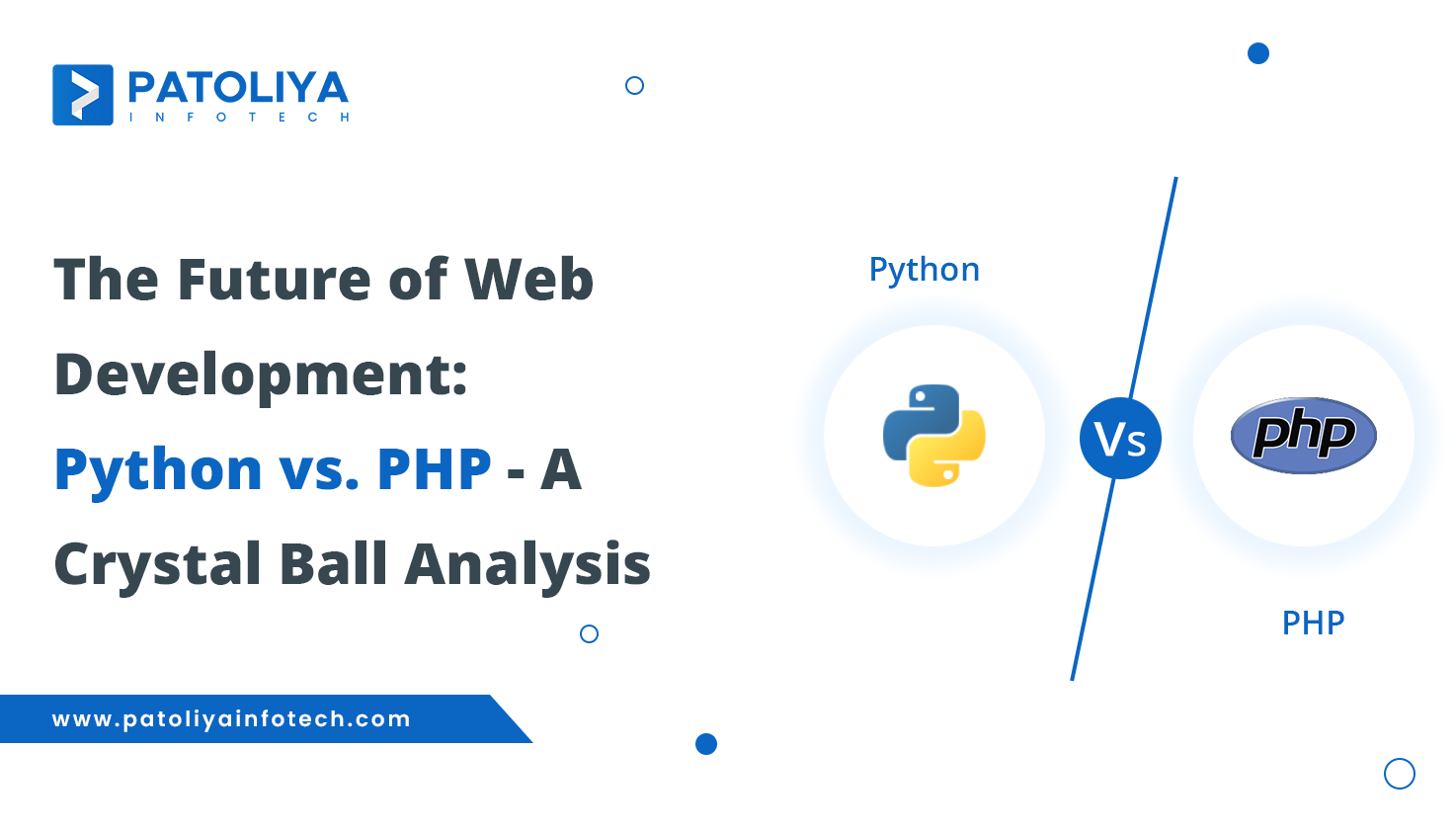How Cross-Platform Apps Are Better than Native Apps

Cross-platform mobile app development has significantly influenced the application industry over the last five years. Its evolution as a trusted technology is evident in its capacity to make applications compatible with multiple mobile platforms. This adaptability has democratized the app industry, making it more accessible to the general populace. However, despite its widespread success, cross-platform development faces a formidable challenge from native app development technologies, creating an enduring comparison between the two in the industry. Let's delve deeper into assessing which technology holds the advantage over the other.
Starting with native app development, it remains a widely favored technology among developers. When individuals aim to create an application for a specific mobile platform, such as Android or iOS, native tools and technologies are typically employed. These apps are highly tailored to their respective platforms, offering users a seamless and enriching experience. They boast fewer chances of bugs or technical errors, often attributed to developer oversights rather than shortcomings of the tools themselves. Native applications excel in utilizing the maximum features of the mobile operating system, ensuring a smooth and intuitive user interface.
In contrast, cross-platform apps are designed to cater to multiple major mobile platforms concurrently. While a single application can run on various operating systems, the user experience might differ across different platforms. These apps are cost-effective and require less time for comprehensive development. Their primary objective is to enhance brand visibility and business reach, aiming for a higher return on investment. Occasionally, these apps might encounter performance issues, but with skilled cross-platform developers at the helm, the likelihood of flaws diminishes significantly.
The strength of cross-platform apps lies in their ability to reach a broader audience and operate across different mobile platforms, optimizing cost and time for development. However, the tailored and platform-specific nature of native apps ensures a superior and more consistent user experience within a specific platform ecosystem.
In this ongoing comparison, while cross-platform apps offer versatility and wider reach, native apps thrive on delivering optimized performance and a seamless user experience tailored to specific platforms. Both technologies have their merits and limitations, and choosing between them often depends on the specific needs and objectives of the application and its target audience. As the app development landscape evolves, these technologies continue to innovate and compete, each carving its niche in the ever-evolving mobile app industry.
1. Cost-Effectiveness:
Developing individual versions of an app for different platforms often demands significant financial resources. Cross-platform apps alleviate this burden by enabling developers to write code once and deploy it across multiple platforms. This approach significantly curtails development costs, making it an appealing solution for businesses, particularly startups and small enterprises aiming to extend their reach without exhausting their budget.
2. Time-Efficient Development:
In the fiercely competitive app market, time-to-market can make or break an application's success. Cross-platform frameworks like React Native, Flutter, and Xamarin expedite the development process by allowing simultaneous coding for multiple platforms. Developers can craft a single codebase that seamlessly functions across various operating systems, accelerating the time-to-market without compromising quality.
3. Consistency in User Experience:
Consistency in user experience across different platforms is pivotal for an app's success. Cross-platform apps ensure uniformity in design, functionality, and features, providing users with a cohesive experience irrespective of the device or operating system they use. This consistency fortifies brand identity and nurtures user loyalty.
4. Wider Reach:
Targeting a diverse audience across different platforms can be an arduous task. Cross-platform apps bridge this gap by empowering developers to cater to both iOS and Android users concurrently. This expanded reach amplifies the app's visibility, user base, and potential for monetization, maximizing its impact in the market.
5. Easier Maintenance and Updates:
Managing updates and implementing changes in native apps for multiple platforms can be intricate. Cross-platform apps streamline this process by facilitating updates to the codebase once, ensuring uniform changes across all platforms. This simplified maintenance diminishes complexities linked with managing multiple versions of an app.
6. Access to Native Features:
Despite being cross-platform, contemporary frameworks offer access to native device features and functionalities. Developers can harness the capabilities of a device's hardware, such as GPS, camera, and accelerometer, utilizing plugins or APIs provided by the frameworks. This empowers the creation of feature-rich apps without compromising performance.
7. Community Support and Resources:
Cross-platform frameworks benefit from vibrant communities of developers globally. These communities actively contribute by sharing resources, offering support, and creating plugins or modules that augment the functionality of the frameworks. Developers can leverage this wealth of knowledge and resources to troubleshoot issues and optimize app development.
Wrap Up
Ongoing debate between native and cross-platform app development reveals the remarkable advantages of the latter. While native apps excel in performance, the versatility and efficiency of cross-platform development stand out.
Cross-platform apps, leveraging frameworks like React Native, or Flutter, offer cost-effectiveness by reducing the financial strain of building separate versions for various platforms. This is particularly beneficial for startups and small businesses seeking wider outreach on a limited budget.
Additionally, the time-efficient nature of cross-platform development expedites the process without compromising quality. Simultaneous coding for multiple platforms and quicker deployment to the market are significant advantages in the competitive app industry.
Consistency in user experience across different platforms enhances brand identity and user loyalty. These apps ensure uniformity in design and functionality, regardless of the device or operating system, fostering a cohesive experience for users.
Furthermore, the expanded reach of cross-platform apps accommodates both iOS and Android users simultaneously, maximizing visibility, user base, and market impact.
Simplified maintenance and updates streamline the process, as changes to the codebase reflect uniformly across all platforms, minimizing complexities associated with managing multiple app versions.
Despite being cross-platform, these apps offer access to native device features, allowing developers to create feature-rich applications without compromising performance.
The vibrant community support surrounding cross-platform frameworks provides developers with resources, support, and plugins to optimize app functionality and troubleshoot issues effectively.


